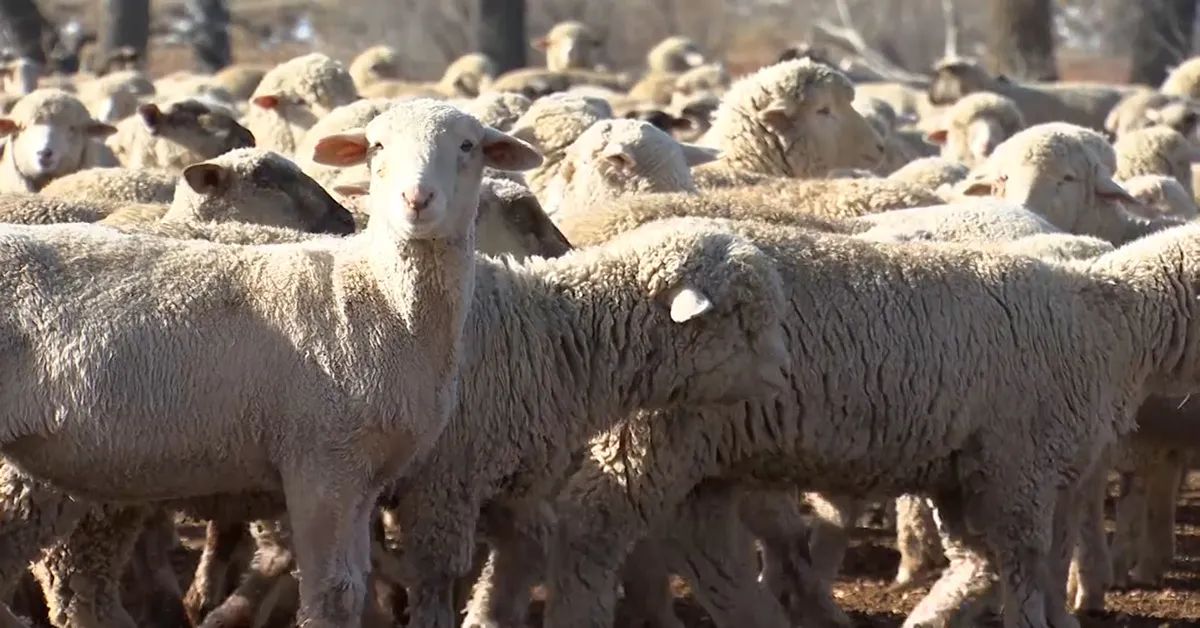
Inflation Taking It's Toll on Consumer Lamb Demand and Market Prices for Producers
September 12, 2022
The American Lamb Board (ALB) announces the release of 2 reports, which provide the industry with valuable information for short- and long-term assessment of the U.S. lamb marketplace.
The 2nd Quarter Retail Sales report (April 10 to July 2, 2022) analyses multi-unit data from food/grocery, drug, mass merchandisers (such as Walmart), club stores (like Sam’s), dollar stores and military commissaries. Key findings are:
· Despite a higher price point, U.S. consumer demand for lamb remains strong. As of Q2 2021, the average price/lb. of lamb was $8.41 but grew to $9.47/lb. for Q2 2022.
· While lamb sales largely remained flat between the latest 52 weeks compared to the previous 52 weeks, both dollars and pounds have seen impressive growth between Q2 2021 and Q2 2022, with dollar sales increased 15.7% and volume increased 9.3%.
· Easter Week 2022 saw volume sales reach 2.94 million lbs., just shy of Easter 2021 (3.04 million). Given the higher price point, dollar sales in Easter Week 2022 reached $26.8 million, compared to $24.5 in 2021.
· Leg sales exploded between Q2 2021 and Q2 2022. Almost the entirety of the volume growth was driven by lamb leg. Leg saw 43.2% more pounds sold and 53.1% increase in dollars. Note that this growth is a reflection of Easter sales which fell in Q2 of 2022 compared to Q2 2021 - Easter sales fell in Q1 in 2021.
Contact Rae Villa for a copy of the full report.
A few weeks is all it takes to see a major shift in the U.S. Lamb market. The August Lamb Market Summary, prepared for ALB by the American Sheep Industry Association (ASI), found what many industry members suspected. Inflation this year has resulted in a decline in real incomes, impacting consumers’ willingness to pay for lamb. While the Consumer Price Index (CPI) in July was steady with the prior month, food prices kept increasing, with inflation for food at home and at restaurants 13% and 7.6% higher, respectively. As a result, the demand for live lambs has declined, resulting in a slowdown in feedlot marketings, heavier lamb weights, a rise in over-finished lambs and high feed costs which has reinforced declining live lamb prices.
“What makes this situation so disheartening is that the primary culprit – inflation – is out of our industry’s control,” said ALB Chairman Peter Camino. “What the Lamb Board can do short-term is give consumers reasons to choose American lamb. An example is the in-store sampling underway in partnership with Superior Farms.”
“Finding more ways to increase productivity and efficiency is a top priority for the checkoff so we can be more competitive in the marketplace,” Camino added. “The Lamb Summit showcases much of that work and is just one way we are sharing that information with the industry.”
Monthly lamb market summaries, weekly USDA market reports, and year-in-review reports can be found at www.lambresourcecenter.com/market-reports.
Source: American Lamb Board










